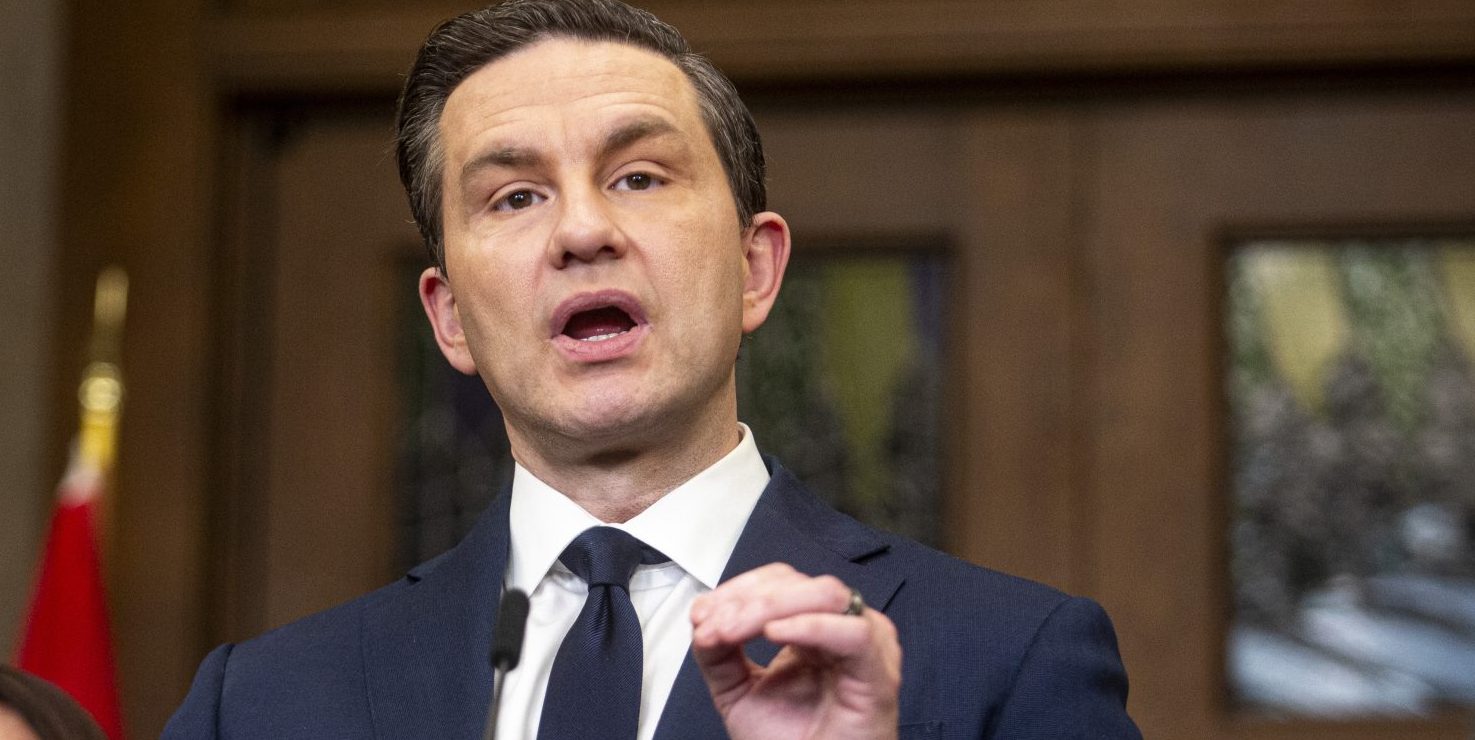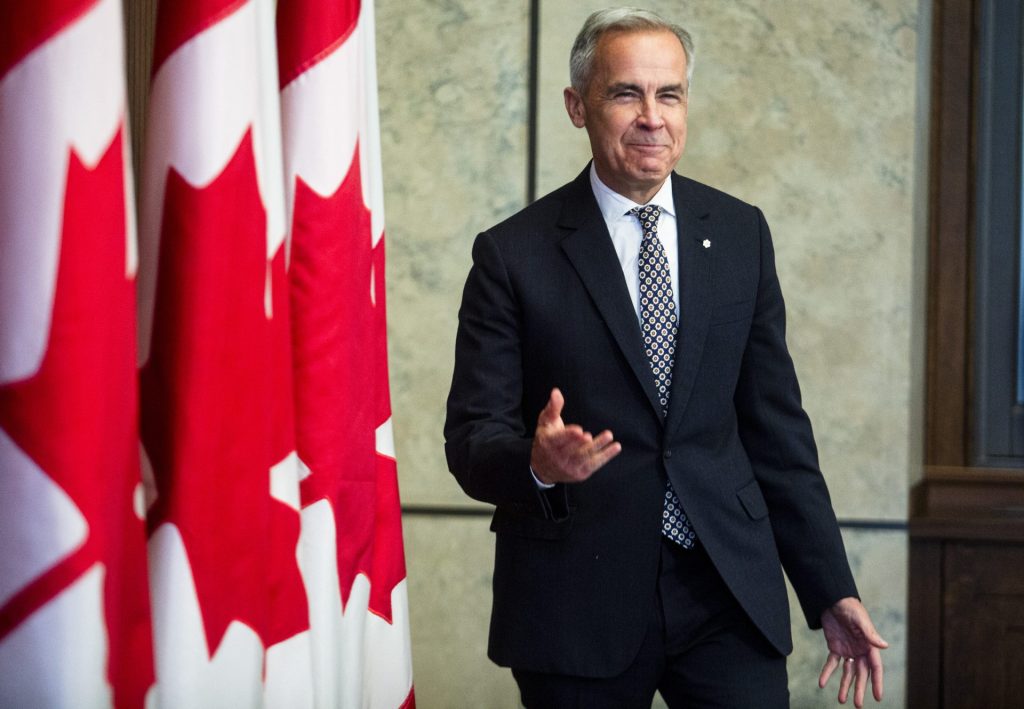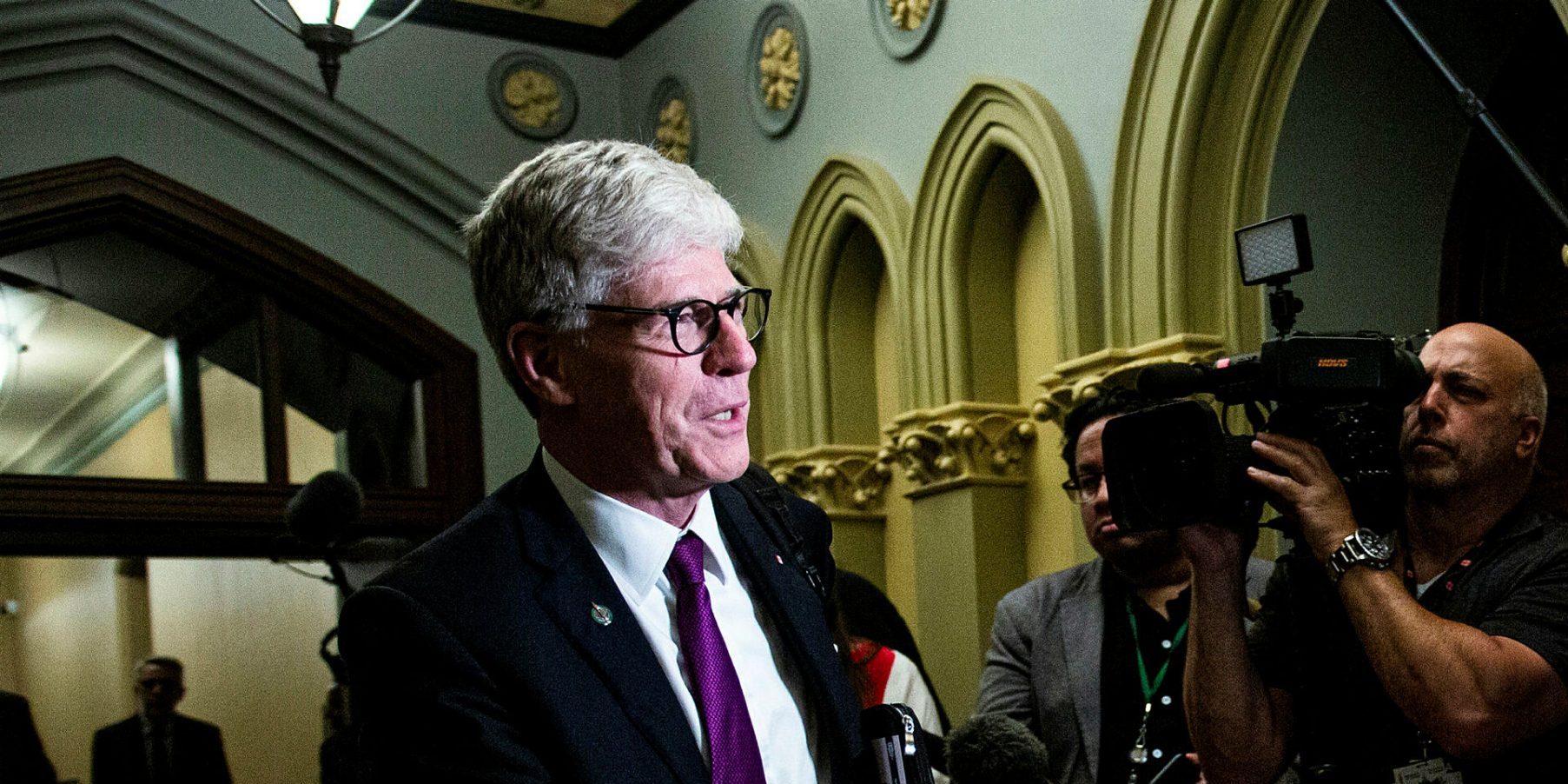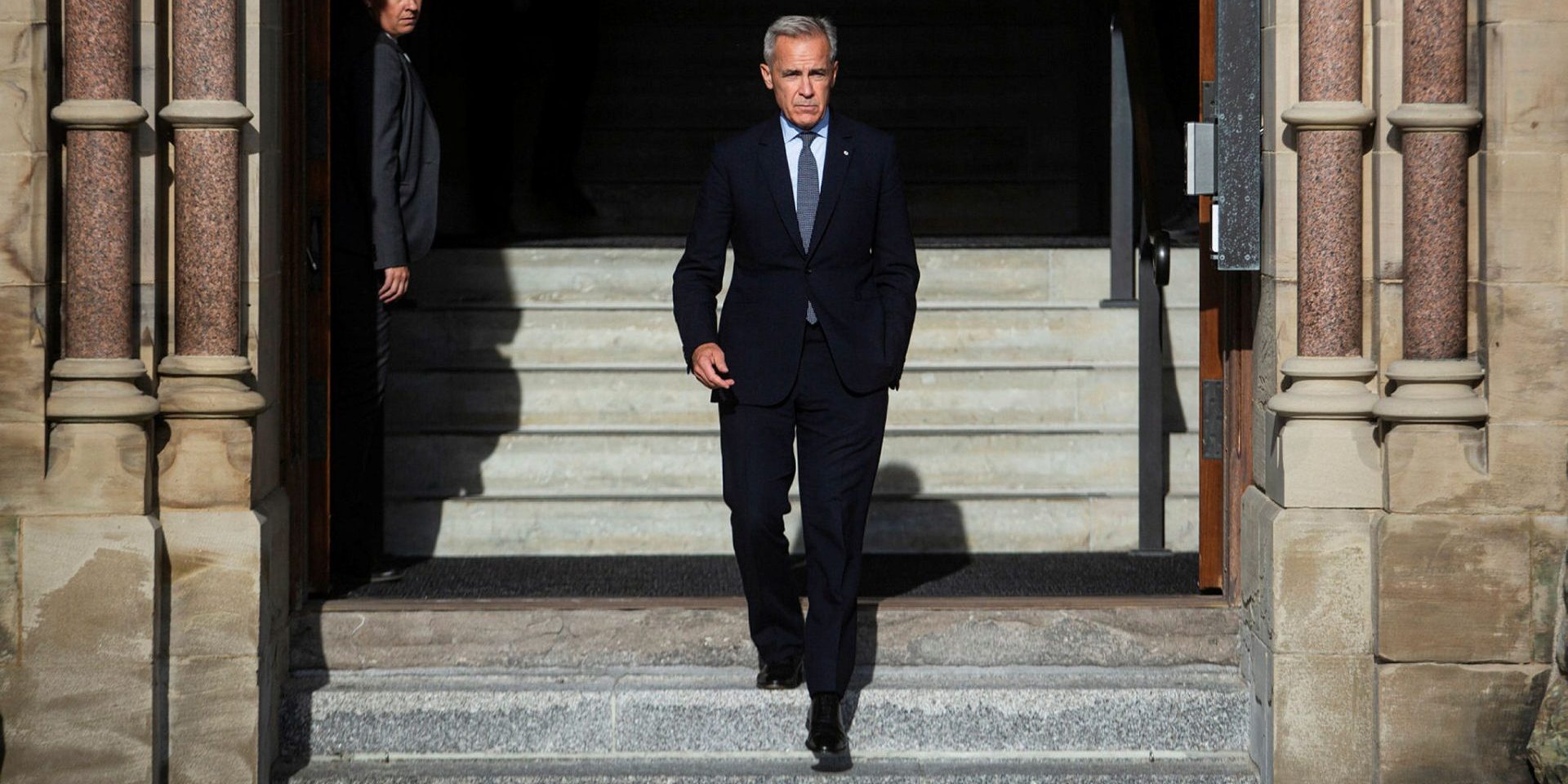No place for Poilievre’s old politics against Liberal centre-right pivot

OTTAWA—Conservative Leader Pierre Poilievre’s comeback to Parliament feels less like a victory lap than a political rerun stuck on pause. It raises the seminal question: are the Conservatives content to remain a party of perpetual protest, or are they ready to form government?
The question is made more urgent by context. This time last year, the party held a commanding lead in the polls. Fatigued and fractured, the Liberals looked vulnerable. Then the 2025 election delivered its devastating verdict: a fourth straight Conservative loss.
Not only did the party fall short, but also Poilievre lost his own long-held seat. He blamed the federal public servants in his Ottawa-area riding, ignoring that his slogans to “axe the tax,” “bring it home,” and “jail not bail” had fallen flat in key battlegrounds: cities, suburbs, women, and among professionals and aging demographics that once powered the big-tent Conservative coalition.
As of Aug. 18, Poilievre now represents a solidly Conservative riding in Alberta. That’s not exactly reassuring. If anything, it risks reinforcing his already rigid populist instincts.
Poilievre’s fans see him as the voice of a fed-up nation: institutional sclerosis and a perceived moral slide. To his credit, he has harnessed that resentment with determined discipline. Online, he is king. His YouTube subscribers outnumber those of any other Canadian politician. Among those who like to write off what they call the “legacy media,” he’s a digital demigod.
Popularity online, however, is not policy depth. Yet Poilievre refuses to pivot—doubling down on cultural flashpoints. His economic program, recycled as the Canadian Sovereignty Act, boils down to environmental deregulation and fossil fuel extraction. He has railed against government waste, while enjoying a rent-free stay at Stornoway on the public dime. He’s vowed to be tough on crime, yet criticized the Crown’s desired sentencing for two convicted organizers of the 2022 convoy. In foreign affairs—China, India, Israel—he repeats tone-deaf, American-style talking points. And on the main defining issue of 2025—the devastating trade war with the U.S.—he offers predictable spin, not solutions.
Meanwhile, Prime Minister Mark Carney has steered the Liberals sharply into Conservative territory. Gone is the balancing act between progressive ambition and centrist caution. Carney’s pro-trade, pro-NATO tax cuts, and fiscal restraint agenda is defanging Poilievre’s “radical left” scare tactics. That said, Carney’s attention to topics like climate change, underfunded services, pharmacare, and a weakening social safety-net is either absent or incremental at best.
Can the Conservative Party exploit these fault lines? Not if it keeps pushing Carney on the path he’s already taken. To do otherwise, the party must reconcile the competing pull of populists, libertarians, evangelicals, and lingering Red Tories, and provide real policy leadership.

Polling data confirms this: a July 4 to 6 Leger survey puts the Liberals 13 points ahead, with the Bloc Québécois holding steady in Quebec, and the NDP regaining lost ground. More striking are Poilievre’s personal numbers: just 38 per cent favourable versus 57 per cent unfavourable according to a June 25 Angus Reid poll. These are the same headwinds that sank previous Conservative leaders: Erin O’Toole in 2021, Andrew Scheer in 2019, and Stephen Harper in 2015.
The disconnect might be demographic. The party seems out of sync with a country being shaped by urban, climate-conscious, and diversity-oriented values. As of 2021, 82 per cent of Canadians lived in cities—a proportion likely even higher today. Yet the party remains rooted in 2006-era Prairie populism, clashing with the polite, pluralistic character of Canadian politics.
Some are quick to praise Poilievre’s consistency—what you see is what you get. Except in politics, consistency without adaptability leads to defeat. John Diefenbaker refused to modernize and lost in 1963. Even Harper pivoted after his 2004 loss by introducing child-care tax credits, urban infrastructure investments, and more flexible immigration policies.
This isn’t about Poilievre. It’s about whether the Conservative Party can evolve to lead a changing Canada or stay stuck in a political cul-de-sac of grievance and nostalgia.
At a time of unparalleled economic disruption, the country needs serious leadership, not soundbites and scapegoats. To compete with Carney and connect with an anxious but engaged electorate, the Conservatives must choose reconstruction over reaction. That requires moving from protest politics to policy-making and from culture wars to coalition-building.
If Poilievre can’t make that turn, the party may have to find someone who can.
Bhagwant Sandhu is a retired director general from the federal public service. He has also held executive positions with the governments of Ontario and British Columbia.
The Hill Times






 LICENSING
LICENSING PODCAST
PODCAST ALERTS
ALERTS


